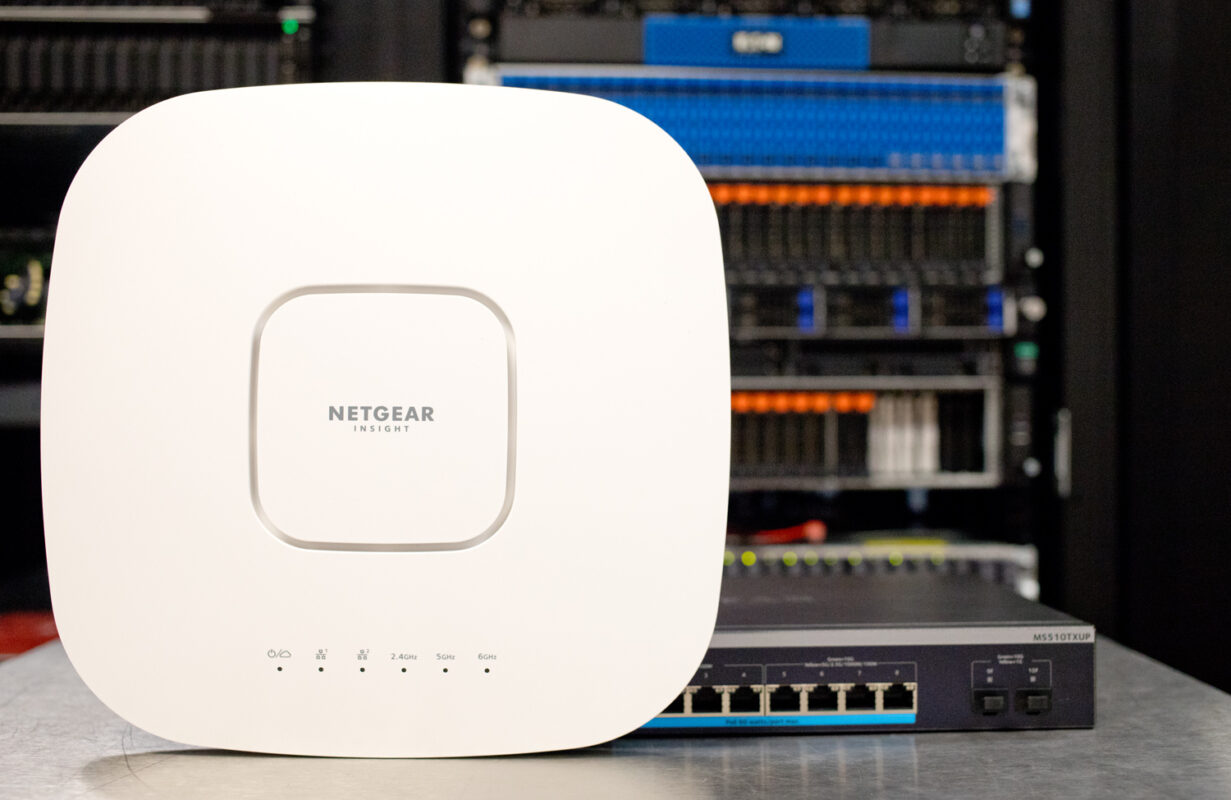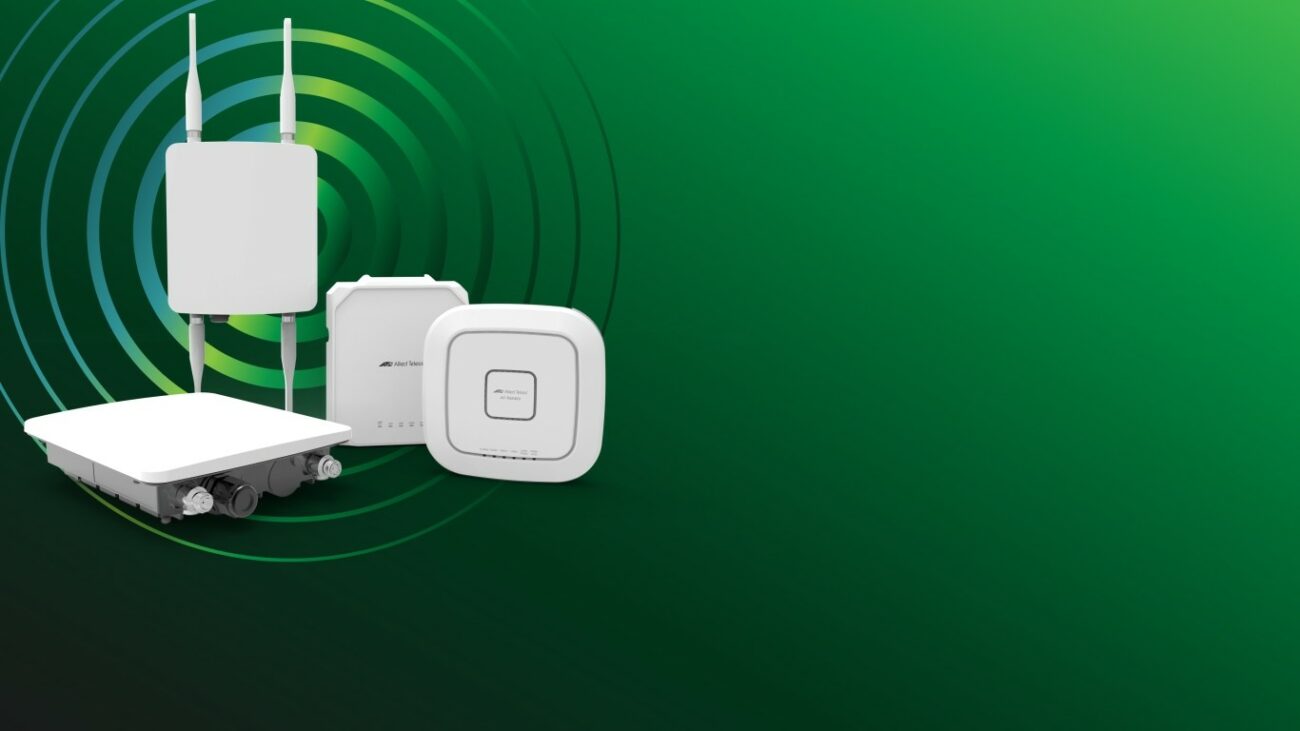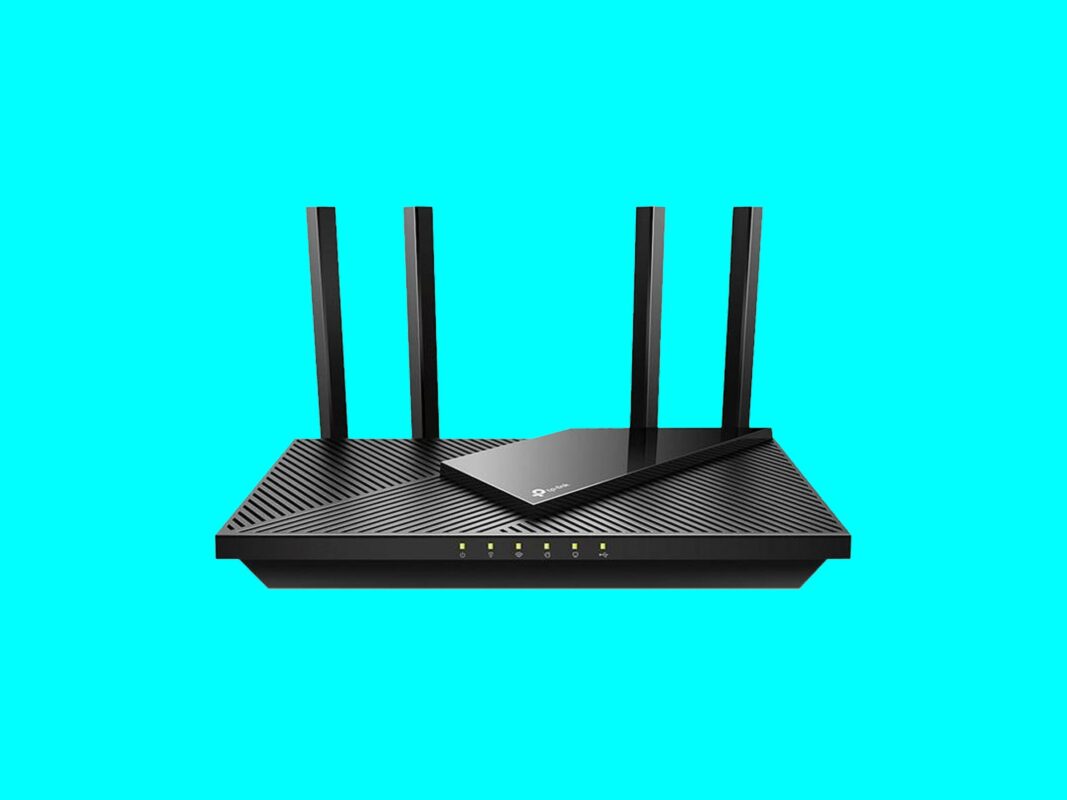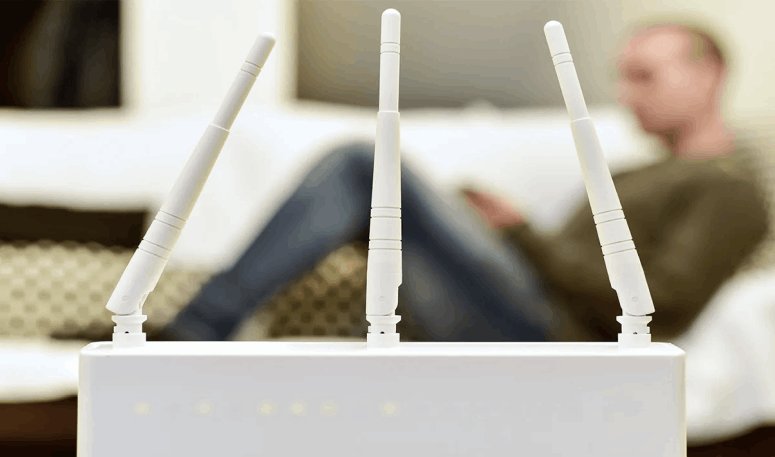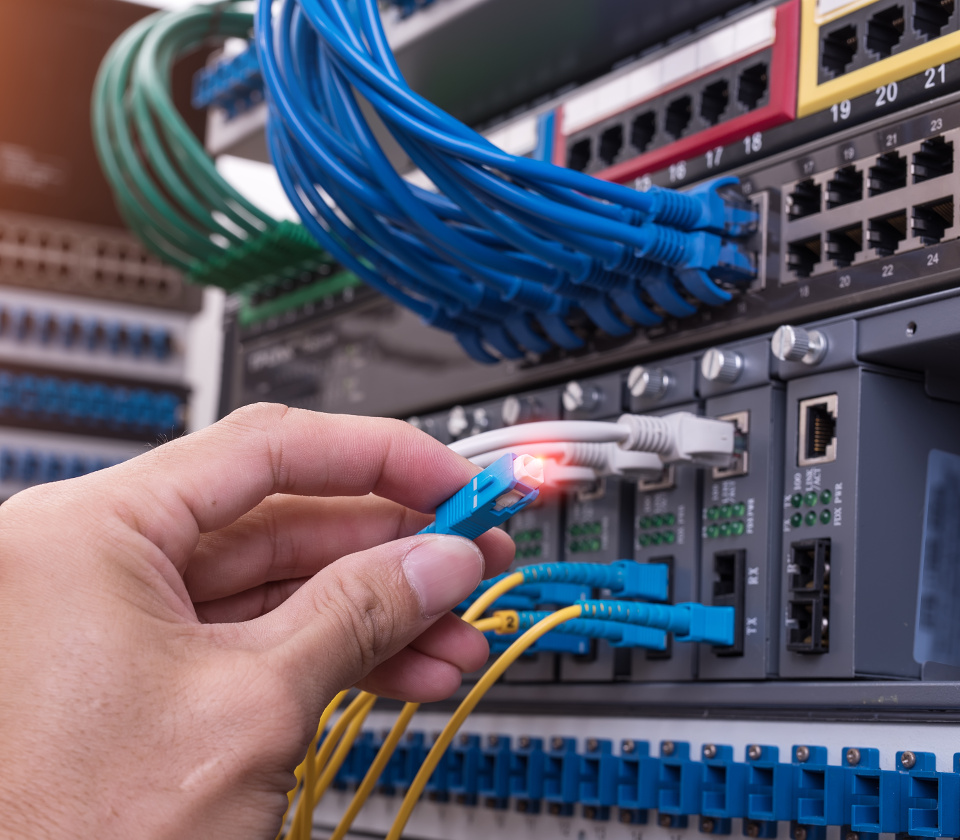What Is Wireless Access Point? In computer networking, a wireless access point ( WAP ), or more generally just an access point ( AP ), is a network hardware device that allows other Wi-Fi devices to connect to a wired network. As a standalone device, the AP can have a wired connection to a router, but in a wireless router, it can also be an integral component of the router itself. An AP is distinguished from a hotspot, which is a physical location where Wi-Fi access is available.
connections
Linksys “WAP54G” 802.11g Wireless Router
Embedded RouterBoard 112, widely used by Wireless Internet Service Providers (WISPs) worldwide, with U.FL – RSMA pigtail and R52 mini-PCI Wi-Fi card
An AP connects directly to a wired LAN, typically Ethernet, and the AP then provides wireless connections using wireless LAN technology, typically Wi-Fi, for other devices to use that wired connection. APs support connecting multiple wireless devices via a single wired connection.
wireless data standards
There are many wireless data standards that have been introduced for wireless access points and wireless router technology. New standards have been created to accommodate the growing need for faster wireless connections. Some wireless routers offer backward compatibility with older Wi-Fi technologies, as many devices were manufactured to use older standards. [1]
- 802.11a
- 802.11b
- 802.11g
- 802.11n
- 802.11ac
- 802.11ax, also known as Wi-Fi 6
Wireless access point vs. ad hoc network
Some people confuse wireless access points with wireless ad hoc networks. An ad hoc network uses a connection between two or more devices without using a wireless access point; Devices communicate directly when within range. Because setup is easy and doesn’t require an access point, an ad hoc network is used in situations like fast data exchange or a multiplayer video game. Due to their peer-to-peer layout, Wi-Fi ad hoc connections are similar to connections available using Bluetooth.
Ad hoc connections are generally not recommended for a permanent installation. [2] Internet access via ad hoc networks, using features such as Windows “Internet Connection Sharing, may work fine with a small number of devices that are in close proximity to each other, but ad hoc networks do not scale well. Internet traffic will converge to the nodes with direct connection to the Internet, potentially congesting those nodes. For Internet-enabled nodes, access points have a clear advantage, with the possibility of having a wired LAN.
limitations
In general, it is recommended that an IEEE 802.11 AP have a maximum of 10-25 clients. [3]However, the actual maximum number of clients that can be supported can vary significantly depending on various factors such as the type of APs in use, the density of the client environment, desired client throughput, etc. The communication range can also vary significantly depending on variables such as indoor or outdoor location, height above the ground, nearby obstructions, other electronic devices that may actively interfere with the signal transmitting on the same frequency, antenna type, current weather, frequency operating radio, and device output power. Network designers can extend the range of APs through the use of repeaters, which amplify the radio signal, and reflectors, which only reflect it. Under experimental conditions,[4]
Most jurisdictions only have a limited number of frequencies legally available for use by wireless networks. Typically, adjacent APs will use different frequencies (channels) to communicate with their clients in order to avoid interference between the two nearby systems. Wireless devices can “listen” to data traffic on other frequencies and can quickly switch from one frequency to another for better reception. However, the limited number of frequencies becomes problematic in busy downtown areas with tall buildings using multiple APs. In such an environment, signal overlap becomes a problem that causes interference, which results in signal drop and data errors.
Wireless networking slows down the wired network in terms of increased bandwidth and throughput. Although (as of 2013) high-density 256-QAM (TurboQAM) modulation, 3-antenna wireless devices for the consumer market can achieve sustained real-world speeds of around 240 Mbit/s at 13 m behind two fixed walls (NLOS) depending on their nature either 360 Mbit/s in 10 m line-of-sight or 380 Mbit/s in 2 m line-of-sight (IEEE 802.11ac) or 20 to 25 Mbit/s in line-of-sight 2 m (IEEE 802.11g) wired hardware of similar cost gets closer to 1000 Mbit/s up to the specified distance of 100 m with twisted-pair cabling under ideal conditions ( Category 5 (known as Cat-5) or better cabling with Gigabit Ethernet). One impediment to increasing the speed of wireless communications comes from Wi-Fi’s use of a shared communication medium: thus, two stations in infrastructure mode that are communicating, even over the same AP, must have each frame transmitted twice: from the sender to the AP and then from the AP to the receiver. This roughly halves the effective bandwidth, so an AP is only able to use a little less than half the actual data transmission rate. So a typical 54 Mbit/s wireless connection carries 20 to 25 Mbit/s TCP/IP data. Users of legacy wired networks expect faster speeds, and people who use wireless connections really want to see wireless networks catch up. two stations in infrastructure mode that are communicating, even over the same AP, must have each frame transmitted twice: from the sender to the AP and then from the AP to the receiver. This roughly halves the effective bandwidth, so an AP is only able to use a little less than half the actual data transmission rate. So a typical 54 Mbit/s wireless connection carries 20 to 25 Mbit/s TCP/IP data. Users of legacy wired networks expect faster speeds, and people who use wireless connections really want to see wireless networks catch up. two stations in infrastructure mode that are communicating, even over the same AP, must have each frame transmitted twice: from the sender to the AP and then from the AP to the receiver. This roughly halves the effective bandwidth, so an AP is only able to use a little less than half the actual data transmission rate. So a typical 54 Mbit/s wireless connection carries 20 to 25 Mbit/s TCP/IP data. Users of legacy wired networks expect faster speeds, and people who use wireless connections really want to see wireless networks catch up. so an AP is only able to use a little less than half the actual data transmission rate. So a typical 54 Mbit/s wireless connection carries 20 to 25 Mbit/s TCP/IP data. Users of legacy wired networks expect faster speeds, and people who use wireless connections really want to see wireless networks catch up. so an AP is only able to use a little less than half the actual data transmission rate. So a typical 54 Mbit/s wireless connection carries 20 to 25 Mbit/s TCP/IP data. Users of legacy wired networks expect faster speeds, and people who use wireless connections really want to see wireless networks catch up.
In 2012, 802.11n-based access points and client devices have taken a fair share of the market, and with the finalization of the 802.11n standard in 2009, the problems inherent in integrating products from different vendors are less prevalent.
Safety
Wireless access has special security considerations. Many wired networks base security on physical access control, trusting all users on the local network, but if wireless access points are connected to the network, anyone within range of the AP (which typically extends beyond the intended) can connect to the network.
The most common solution is wireless traffic encryption. Modern access points come with built-in encryption. The first-generation encryption scheme, WEP, proved to be easy to crack; the second and third-generation schemes, WPA and WPA2, are considered secure [5] if a strong enough password or passphrase is used.
Some APs support access point style authentication using RADIUS and other authentication servers.
Opinions on wireless network security vary widely. For example, in a 2008 article for Wired magazine, Bruce Schneier claimed that the net benefits of passwordless open Wi-Fi outweigh the risks, [6] a position supported in 2014 by Peter Eckersley of the Electronic Frontier Foundation. [7] The opposite position was taken by Nick Mediati in an article for PC World, in which he argues that every wireless access point must be protected with a password. [8]
See Also
- Femtocell – a local base station that uses cellular network standards like UMTS instead of Wi-Fi
- HomePlug – Wired LAN technology that has some elements in common with Wi-Fi
- Lightweight Access Point Protocol – Used to manage a large set of APs
- List of router firmware projects
- Wi-Fi Matrix – multi-AP system
- Wi-Fi Direct – a Wi-Fi standard that allows devices to connect without the need for a wireless access point (hardware) and communicate at typical Wi-Fi speeds
- WiMAX – wide area wireless standard that has some elements in common with Wi-Fi



